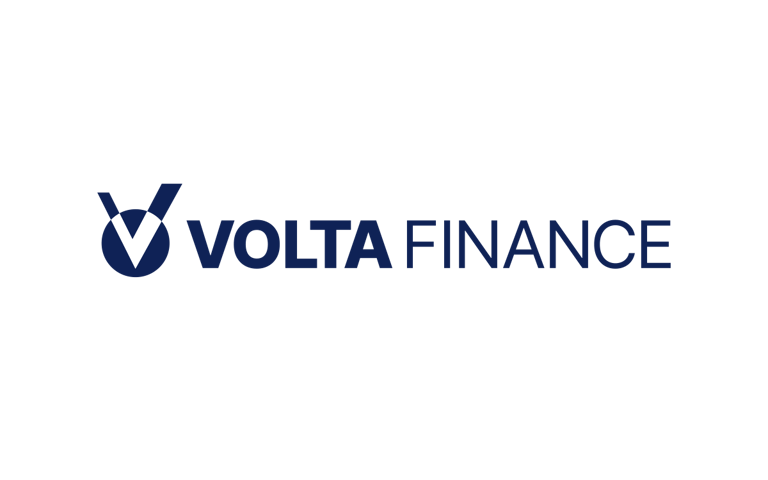As interest rate pressures shift and traditional fixed income struggles to deliver, institutional investors are steadily increasing exposure to CLOs for their unique combination of risk-adjusted yield, floating-rate protection, and capital efficiency. This asset class is evolving rapidly—and it’s drawing fresh attention for good reason.
Collateralised Loan Obligations (CLOs) are structured investment vehicles backed by diversified pools of senior secured, floating-rate corporate loans. These portfolios are packaged into tranches across a capital structure, with principal and interest distributed quarterly—first to senior debt holders, followed by mezzanine, and finally to equity investors. This tiered arrangement offers a compelling range of investment profiles, from conservative income streams to higher-risk, higher-reward positions.
What distinguishes CLOs in the current environment is their floating-rate nature, which offers a valuable hedge against rising interest rates. Unlike traditional fixed income products that can lose value in rate hikes, CLOs adjust with the market, making them particularly attractive as central banks maintain tighter monetary policies. At the same time, the underlying loans are typically to mid-sized and large corporates, diversified across sectors, with active management ensuring portfolio resilience and adaptability.
Many investors are gravitating towards the mezzanine and equity tranches within CLOs. These layers, though carrying more risk, offer substantial yield premiums and the opportunity for meaningful total return. For sophisticated investors capable of analysing credit fundamentals and market technicals, this part of the structure presents a powerful way to harness value not available through more conventional credit products.
Rather than taking a passive approach, forward-looking investment strategies in this space are embracing active management. By trading across CLO tranches and cycles, asset managers are better able to exploit market inefficiencies, reposition around macro events, and respond quickly to changing credit dynamics. This agility is a significant differentiator, especially when paired with proprietary analytics, robust risk frameworks, and deep sector expertise.
CLOs also benefit from strong historical performance. During periods of volatility, the diversified nature of the loan pools, along with structural protections like overcollateralisation and interest coverage tests, have contributed to the long-term durability of these instruments. Even the equity tranches, while most exposed to default risk, can generate attractive risk-adjusted returns when managed with discipline and foresight.
Access to CLOs, once largely the preserve of institutional players, is also broadening. Structural shifts in the market are creating vehicles that open the door to a wider range of investors, offering entry points into sophisticated credit strategies without requiring deep infrastructure or scale. This democratisation of access is unlocking fresh capital and supporting further growth and innovation in the space.
Ultimately, CLOs represent a modern, efficient approach to corporate credit investing. They offer floating-rate income, structural protections, and the ability to customise exposure across the risk-return spectrum. For investors seeking diversification from government bonds and traditional credit, this market presents a dynamic, resilient alternative.
Volta Finance Ltd (LON:VTA) is a closed-ended limited liability company registered in Guernsey. Volta’s investment objectives are to seek to preserve capital across the credit cycle and to provide a stable stream of income to its Shareholders through dividends that it expects to distribute on a quarterly basis.





































